#archisteem 1: Blockchain Technology in City Architecture and Planning
Hi everyone, this is my first entry for #archisteem about technology and the future of City Architecture and Planning could be fully be blockchain.
I would like to share some thought of the day, blockchain beyond cryptocurrency. I have always been wanted to write about this topic since I read about Dubai Sets Its Sights On Becoming The World's First Blockchain-Powered Government. Here is the article by Forbes Article
Felt excited when I saw the article topic, it justified even more that the system would gain the confidence of global investors by introducing blockchain in real estate and adopting cryptocurrency called emCash in October 2017. However, it doesn’t elaborate how will the blockchain mechanism; the procedure, needed to perform those task, especially in city architecture and planning.
To allow readers to understand how city architecture and planning benefits from blockchain, this article contains three sections :
Section A: what are blockchain technology and cryptocurrency
Section B: Key Players in City Architecture and Planning (reader will be exposed to who will involve, and tools to create those modern marvel)
Section C: Implementing Centralized Blockchain in City Architecture and Planning
Section A: What is Blockchain Technology and Cryptocurrency
Since 2008, the development of Bitcoin (the first decentralized Cryptocurrency) created by a person goes by a pseudonym name Satoshi Nakamoto, it had opened up new types of digital age. From then, hundreds of cryptocurrency had surfaced and traded by millions of users on the online crypto exchange. We all indeed go wild and trying to adopting trusted cryptocurrency as a personal investment plan. However, we never understood what and how the system that keeps all cryptocurrency from failing.
Blockchain Technology is the system behind the scene for all the cryptocurrency. So what is Blockchain?
According to Blockgeek, Blockchain is defining as:
“By allowing digital information to be distributed but not copied, blockchain technology created the backbone of a new type of internet.”
According to Wikipedia:
“Originally blockchain, is a continuously growing list of records, called blocks, which are linked and secured using cryptography.”

Blockchain formation: The main chain (black) consists of the longest series of blocks from the genesis block (green) to the current block. Orphan blocks (purple) exist outside of the main chain.
Image source
Yes, blockchain gives us cryptocurrency, but why blockchain is the backbone of all of it?
Because we all are searching for a trust protocol, an unbiased, reliable, and robust system that is incorruptible.
Trust in business is the expectation that the other party will behave according to the four principles of integrity:
- Honesty: No lying through omission, no obfuscation or uncertain or unclear through complexity.
- Consideration: fair exchange of benefits or detriments (harm or damage) that parties will operate in good faith.
- Accountability: Making clear commitments to stakeholders and abiding by them.
- Transparency: Operating out in the open, in the light of day (No more hidden agenda)
Most of us aware that blockchain technology mostly about decentralizes system that gives people the ability to make a peer to peer transaction without a central body to govern it. However, there is cryptocurrency that operating based on centralized blockchain system, such as Ripple coin. Ripple connects banks, payment providers, digital asset exchanges and corporates via RippleNet to provide one frictionless experience to send money globally. (https://ripple.com/). In other words, banks will not go out of business in the crypto frenzy world.
Besides that, there is more centralized cryptocurrency will popping up within this decade as the Centralized coin is less prone to price volatility and it would also comply with money laundering rules, creating a safer space for investments.
We learned that blockchain can be centralized and decentralized in cryptocurrency. So, where does blockchain system stand in the mist of City Architecture and Planning?
Section B: Key players in City Architecture and Planning
To make some blockchain qualify to be implemented in City architecture and planning, some of the key players must be included, such as:
- Smart city
- Artificial intelligent
- Client, Related construction Profession body & Local Authorities (Government)
- Building Information Modelling (BIM)
Great, let’s begin.
1.0 Smart City
For the blockchain technology to be fully executed in city architecture and planning, the city has to be a smart city. However, the detail of smart city will be topic for another day. In short, a smart city is a city that has sensors implanted around it and all are connected to the internet (IoT) and creating Big Data. After that, those data will be analyzed by an Artificial intelligent and synthesized into a value that could benefit relevant field or industry.
Typical sensor that will be implanted into the city:
- Air quality sensor
- Weather sensor
- Close circuit camera network
- Parking Lot sensor
- Traffic sensor
- Drainage runoff
- More sensor implant, more accurate the city data is.
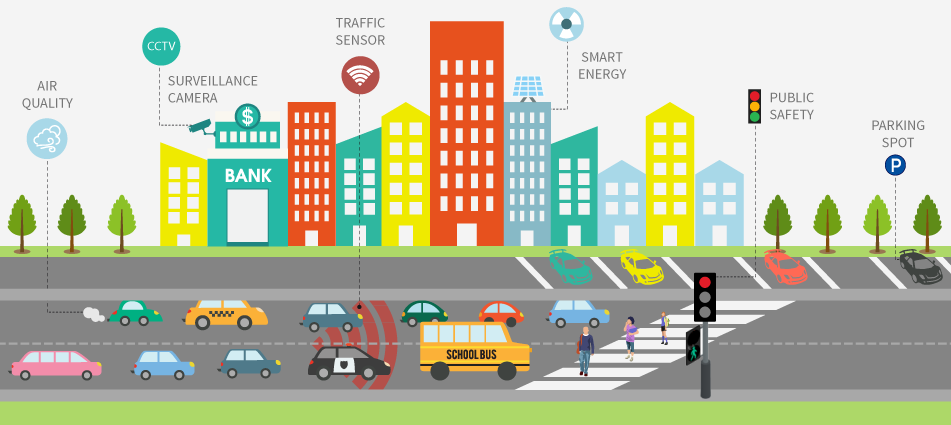
Image source
From the Big Data above, the data will be analyzed, simulated and synthesized by a computer and predicting or forecasting human behavior, then provide the most recommended suggestion or alteration to be implemented in the city.

Image Source
The image above shows The visualization shows at a glance where the speed significantly decreases during Friday evening peaks; compared to free flow speed. Congestions that regularly occur are visible. (Made with PTV Visum Data Analytics powered by TomTom Traffic Stats)
Smart Fact
Major strategies and achievements related to the spatial intelligence of cities are listed in the Intelligent Community Forum awards from 1999 to 2010
- Songdu and Suwon (South Korea)
- Gangnam District of Seoul (South Korea)
- Seoul (South Korea)
- Stockholm (Sweden)
- Waterloo, Ontario (Canada)
- Calgary (Alberta, Canada)
- Taipei (Taiwan)
- Mitaka (Japan)
- Glasgow (Scotland, UK)
- New York City (USA)
- LaGrange, Georgia (USA)
- Singapore
2.0 Artificial Intelligence
“artificial intelligence (AI ) is the simulation of human intelligence processes by machines, especially computer systems. These processes include learning (the acquisition of information and rules for using the information), reasoning (using the rules to reach approximate or definite conclusions), and self-correction” - TechTarget
It is a computer algorithm to assist human in any task that is beyond any human could undertake. As mentioned in Smart City, A.I learn dweller habits (information collected from sensors) and synthesized a better value for us (human) to adopt.
According to LAURA BLISS, an editor in City Lab stated that a Mapping Machine Identifies Wealth From Space. An A.I name “Penny” could learn from satellite imagery and trace out Urban Wealth. It could perform this task because it memorizes Census income data for the two cities and then learned to correlate this knowledge with the lines, colors, and shapes embedded in the satellite images.
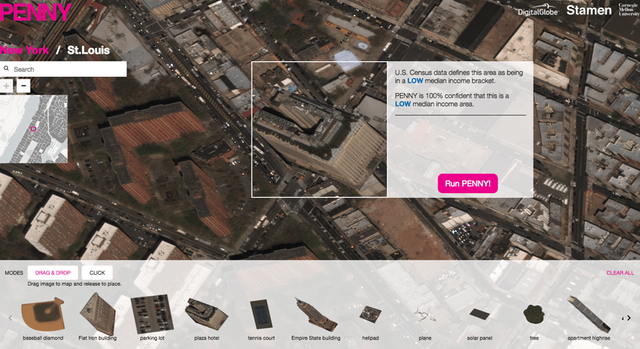
image source
For more info about Penny, please visit the link here
Before Penny, artificial intelligence is being used to help govern cities in certain contexts, such as predicting where traffic and crime might occur. Now, Penny, the robot could theoretically make “smarter” urban planning decisions than humans themselves. Without some critical human element such as human error or succumb to the data’s inherent bias, AI could help planners make better decisions.
3.0 Client, Related construction Profession body, and Local Authorities
The image shows the chronological of workflow between client and profession to deliver a total work done. Without Client, the whole chain of construction will not exist.
- Client seeks architect for service to develop a project, other profession will participate and form a team to assist architect further to realize client vision.
- Depending on what project will it be, the team can be either appointed by government sector or private sector hold the responsibility to deliver a project.
A team of profession comprises of:
- Architect
- Landscape Architect
- Civil & Structure Engineer
- Mechanical & Electrical Engineer
- Land and Surveyor
- Quantity Surveyor
- Town Planner
- Green energy/ sustainability consultant (Mandatory in some country)
3. Local Authorities
No matter how good is your design is if your drawing does not meet up any criteria; by-law; rules and regulation of any local authorities, your design will not get to be approved and be build.
The image above shows where Local Authority (Malaysia) play their role.
I believe that every country has their own rules, by-laws to follow, they may not have the similar system as a state in the image above, but all their doing still should obtain approval from local authority before any building are build onsite.
4.0 Building Information Modelling (BIM)
In the construction industry, most of our today building design is computer-aided and produce drawing that you might have seen before (see image below: detached house plan). Those drawing are the plan for any construction to be followed and execute accordingly.
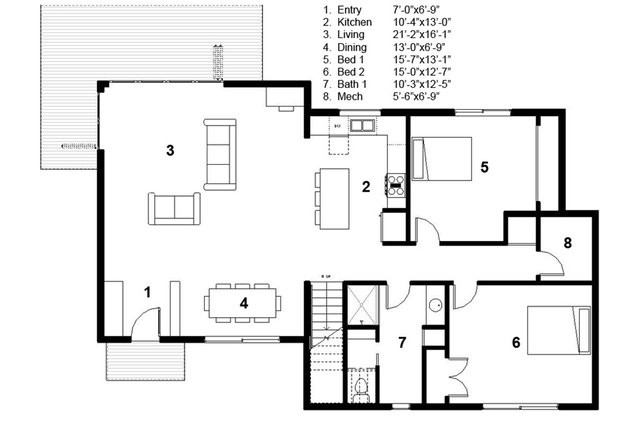
detached house plan image source
However, this tradition will soon be broken and a new age of computer-aided design will begin.
Building Information Modelling also was known as BIM is defined as
“an intelligent 3D model-based process that gives architecture, engineering, and construction (AEC) professionals the insight and tools to more efficiently plan, design, construct, and manage buildings and infrastructure.” – Autodesk
Unlike traditional line drawing done in CAD (Computer Aided Design) where each line does not contain any value. BIM drawings contain info; values; data. Instead, the input of line drawing in CAD, BIM user draws components with value instead of lines.
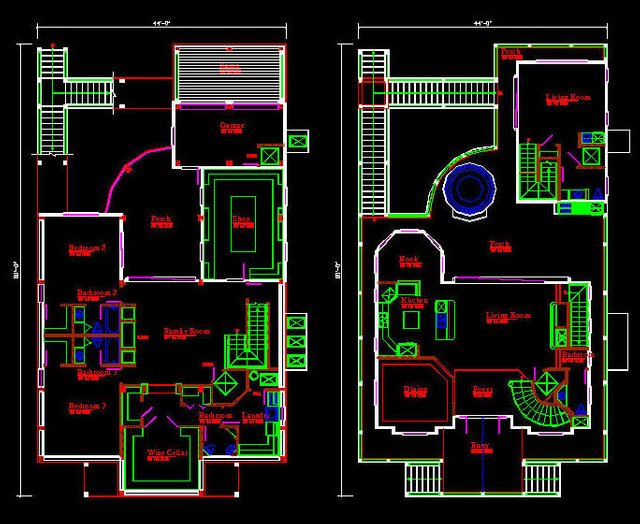
CAD line drawing of a double story house
image source
What are the values that can be inserted into the model?
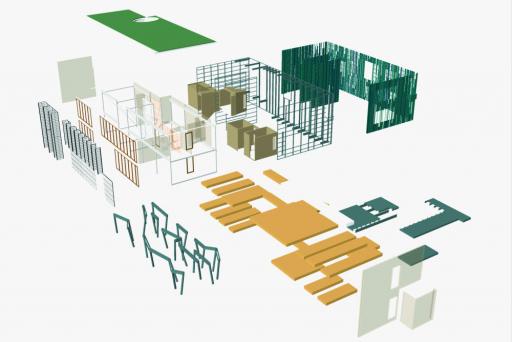
Able to indicate elements (wall, floor, ceiling, furniture, railing, staircase and more), and construction materials.
image source
In addition, other profession could use the same model and input their elements such as Machinery, wiring, and plumbing.
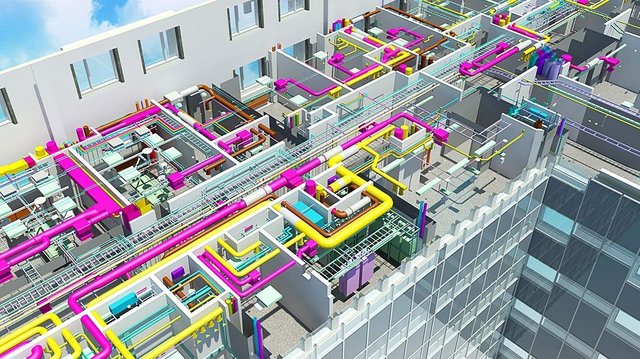
Mechanical and electrical component were precisely inserted into BIM drawing.
image source
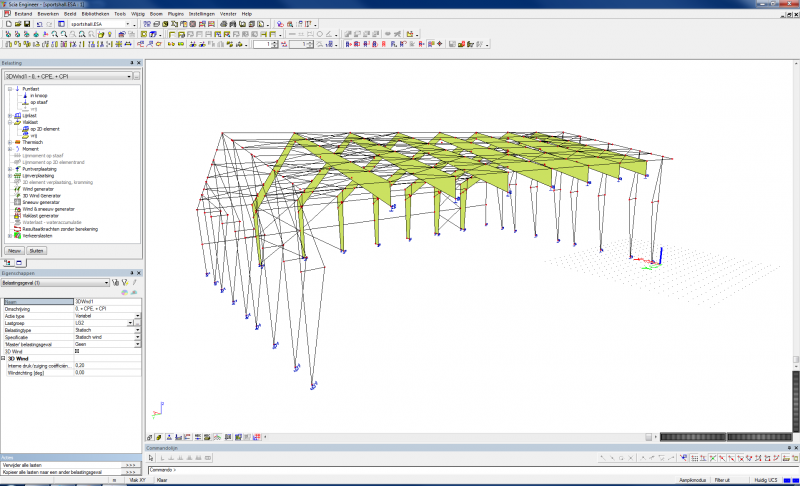
A structural engineer inspects the building integrity with the same model share with other profession.
Image Source
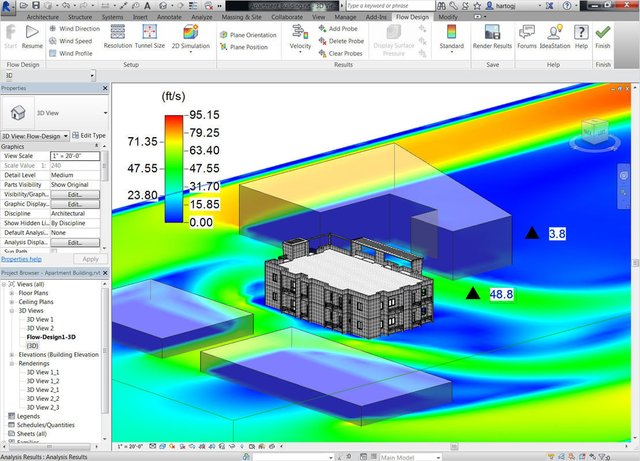
Weather simulation of a BIM modeled building. Each component (walls, floor, etc) and construction material will react to any local weather.
image source
In a brief, a smart city is a city with sensors implanted to generate Big data and value for the city dwellers or users. The client, Related construction Profession body, and Local Authorities are the entities to construct a better and quality living for city dwellers. Finally, BIM is the tool that would streamline the work progress of all Profession body to develop the optimal or best scheme for the client and the city.
Therefore, the following section will discuss in detail how all the mention elements to be integrated to develop a (could be) successful centralized blockchain system for City Architecture and Planning.
Section C: Implementing Centralized Blockchain in City Architecture and Planning
On this point onward, discussions below are merely the interpretation of author ideas based on relevant case studies and the currently available blockchain technology and existing legislation; rules and regulation. Therefore, if readers have any comments, you are most welcome to drop some comments to be further discussed in detail.
To introduce blockchain into the system, a city infrastructure have to be up to date with smart sensors. So that, it record and analyzed city dwellers behavior and synthesize a value (to benefit human) by an A.I. The value will be stored into a blockchain permanently, cannot be altered and only can be replaced by a new value that created by an A.I. Afterwards, because of the nature of blockchain technology for being transparent, it can be published as open data public domain and view by anyone (researchers, students, construction profession, etc).
In any property development, client approach an architect for an assistant to develop or redevelop a development. Architect requesting approval from the local authority to ensure the development area is permit to be developed. The profession will obtain all the latest data from the public domain to proceed their duty to deliver as stated in client brief.
Some of us might wonder, why building designing or city planning are still practicing by a human, why not an A.I just do it all? Based on the extension of technology today, A.I only applicable to facilitate human design, rather than designing it all by itself. They can only able to use analyzed city data to determine the optimum or best solution (value) for troubleshooting our submitted BIM model. This could be due to some creativity and ingenuity that require the local culture or practice and beliefs that only be understood by human, and only human know how to reflect the design on it (for now).
After that, all profession shall collaborate and produce work in a BIM software. This is to ensure any elements model out of BIM should carry information and value (refer topic 4.0) that it can be inspected, examined by a government A.I system.
In the end, whatever the outcome is, a blockchain will be generated and stored into chain link (as illustrated below). So that, the information will not be lost, the crowded mist of filing.
The final outcome blockchain representing a certificate of approval for an architect. If the result is approved, all the party involve could proceed into next phase. However, architect and another profession should revise their work when the status is cannot be approved, and the process repeats.
Conclusion
When the blockchain technology governed by an A.I, it could eliminate human error and human nature of tendency for being bias, and corruption. Besides that, the examination process would be much faster, reliable and accurate. However, all the interpretation is based on author insight and prediction based on available technology and the possibility of it. It is not a 100% projection of how is the future will be, but this discussion will be a gateway to the possibility.
Hope you guys enjoying it and please do drop us comments and resteem to spread the word to your fellow friends. We look forward for the contents that will use the tag #archisteem :)




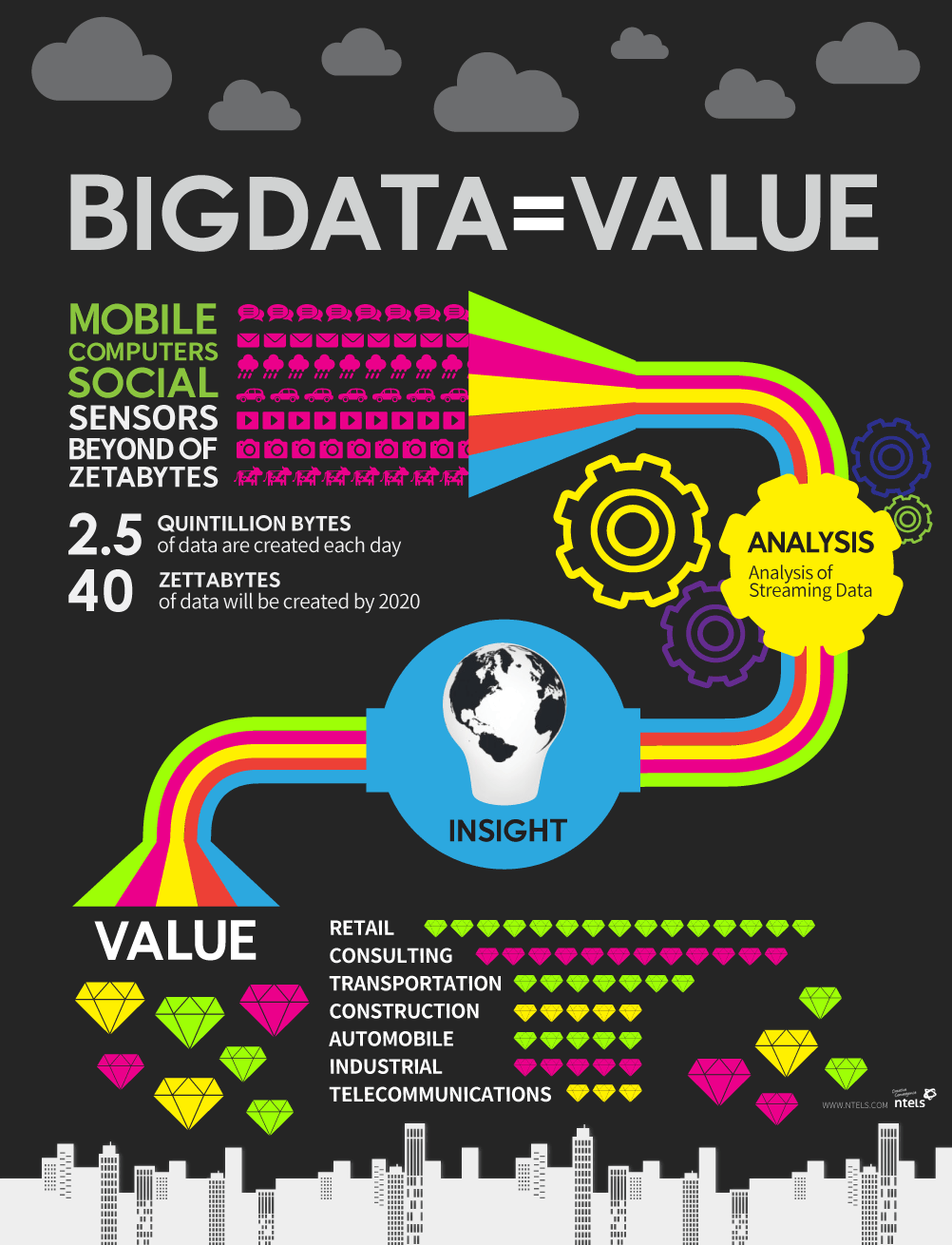
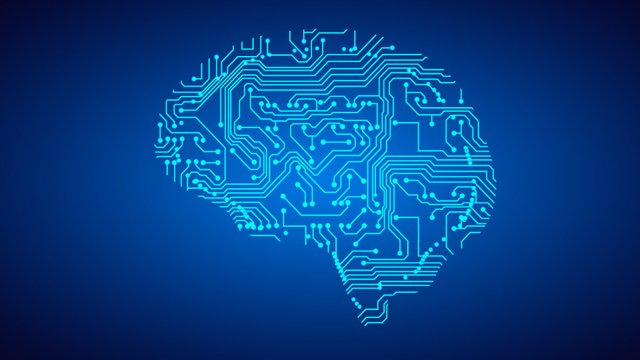


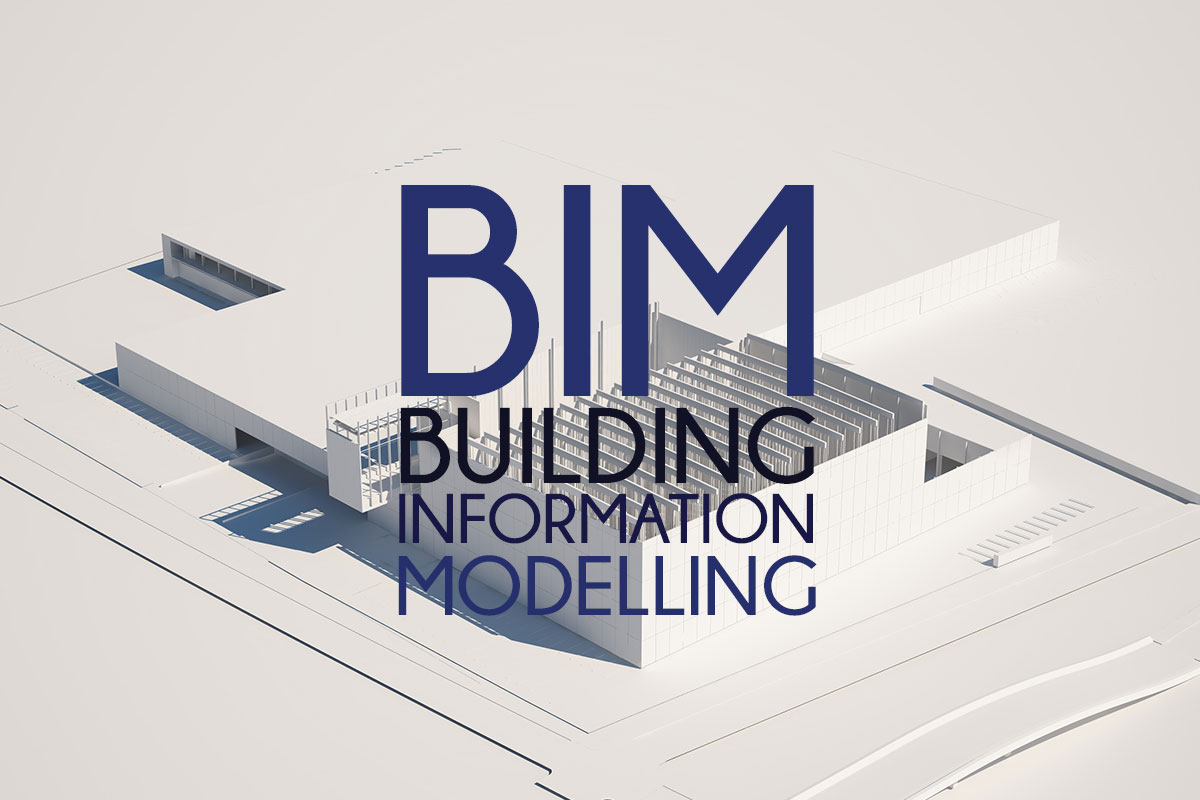
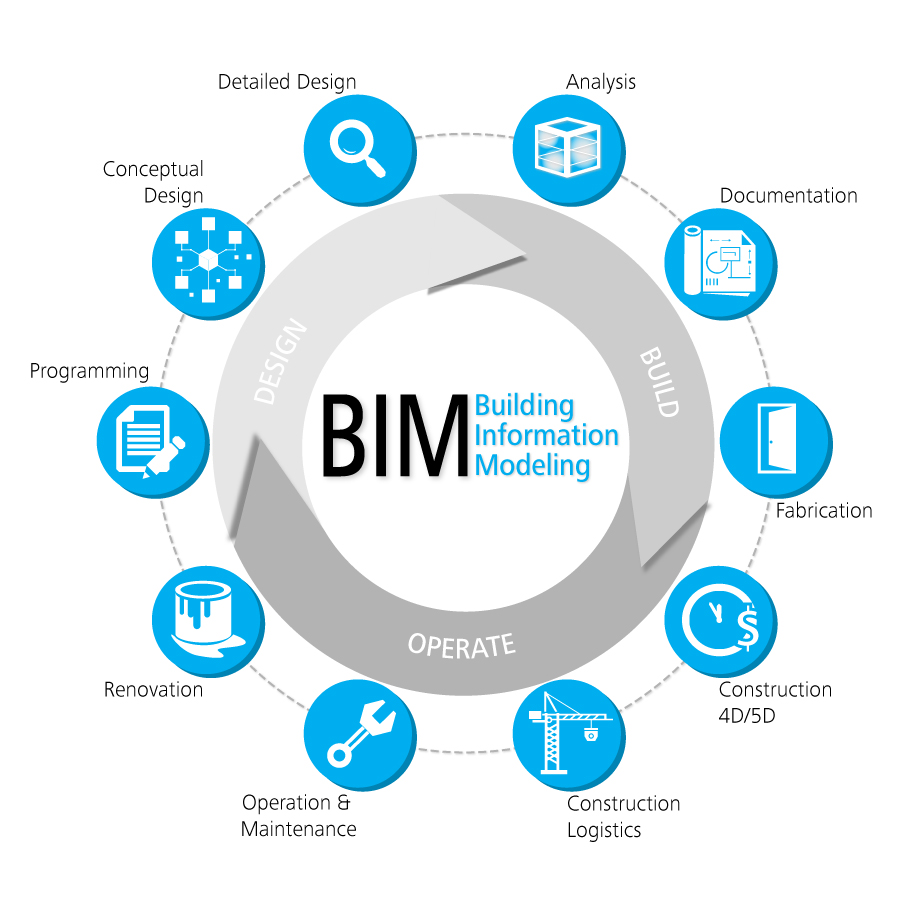
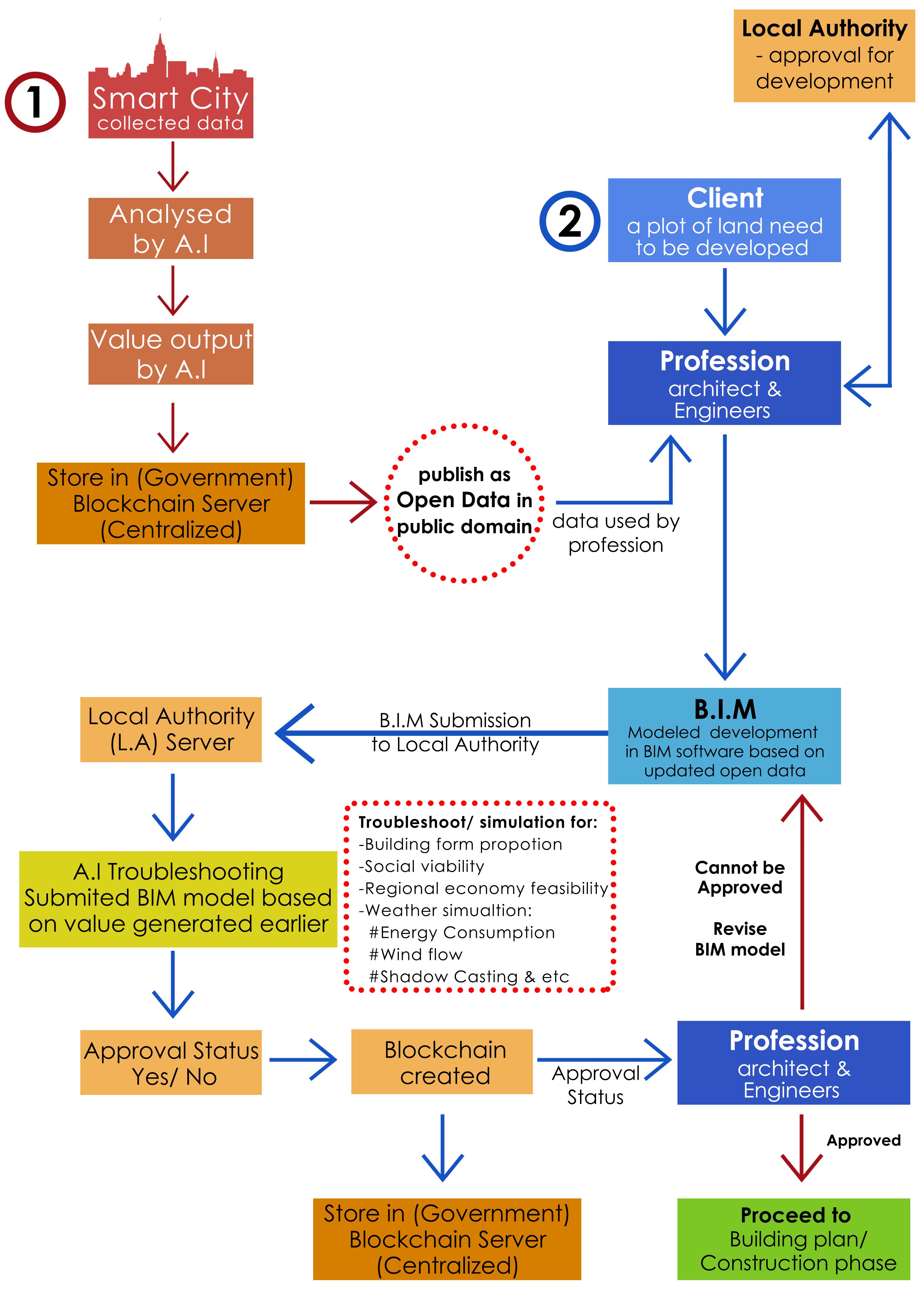.jpg)




In my opinion the real crux is how technology translates to the construction site. BIM in the design process, and the occupation stage is easy to utilise. The hurdle is still how the workers in site make use of BIM. Maybe the answer is in future methods of construction?
method of construction are one of the future construction. I believe that one day, 3D printing will be applicable and preferable method to construct anything. Before getting into 3D printing or building anything, dwg; design, and approval process have to be swift, accurate, unbiased, incorruptible, and the most important those design should reflect on human comfort and living quality. Because of that, all the action above have to be monitor an kept by a single trusted entity ( for now it looks like blockchain tech).
I had the same question, but everything can be slowly improving in my opinion. I was working in Off-Site construction which consists more importantly of supply-chain and schedule. We were implementing the uses of the technology to improve the processes of construction with CIP Formworks. We were using new tools and scanners and marking the processes in a manual for the workers to follow, so we can train them and measure everything in detail and keep the record on the platform. It's hard of course, mostly with developing countries because the workers are low class and not well prepared for the tech industry. But with good training, even a kid can just follow a manual of instructions. We had very good results. But again the question is: How can we trust the guy who is pressing the "finish" button and know that the work done was actually approved by the QA?. I guess we can start by working with the smart contracts, with the encrypted history maybe we can trust that people will need to think twice before pressing the finish button...
Whoa very thorough walk through of your thoughts on application of blockchain technology on the building construction industry.
Perhaps, the BIM system could be linked up with the blockchain system that acts like a Geograpic information system (GIS) that collects different spatial and geographical data (like McDonald’s, they have their own database of GIS that help them to identify the right location for opening the next branch). With AI, it will be even more efficient to identify the potential land to develop which is beneficial to the client as well.
I foresee that this will be a very competitive field as land are getting less and some land may drop in value. However, it is possible for human and AI to pick up on how to flip that and profit from the threat as well.
The above are less related to blockchain though, but there’s a lot of room for further discussion. I would suggest that you can pin point on a single topic and have a deep discussion :)
Great write up again! Let’s see whether @sndbox can take a look too. I hope to give as much support for the first contributor.
totally agree with you, some of the task are just too overwhelming for human can now be perform by robot. Robot or human, in the end, the current trend blockchain would be the most secure option to secure any public data and yet transparent for any one to see.
very interesting, I'll read it again tomorrow. I think this deserves a bigger reward.
Haha, glad you enjoyed @paolobeneforti. Hopefully one day, we will see how these tech will evolve and play out in our daily life.